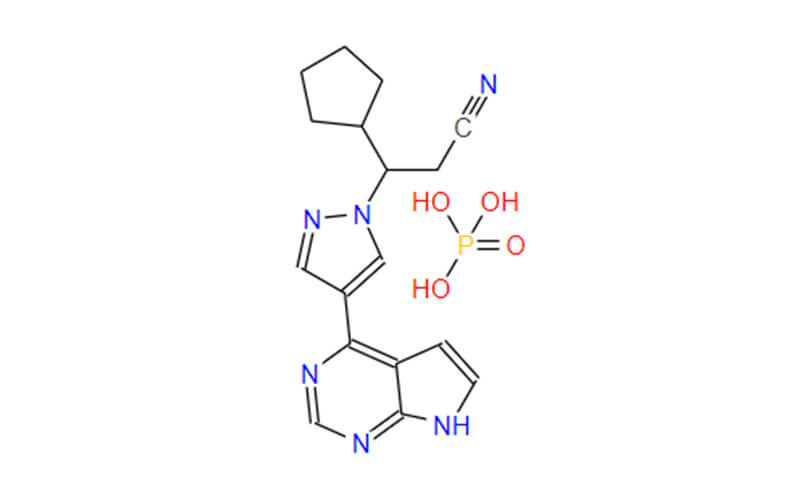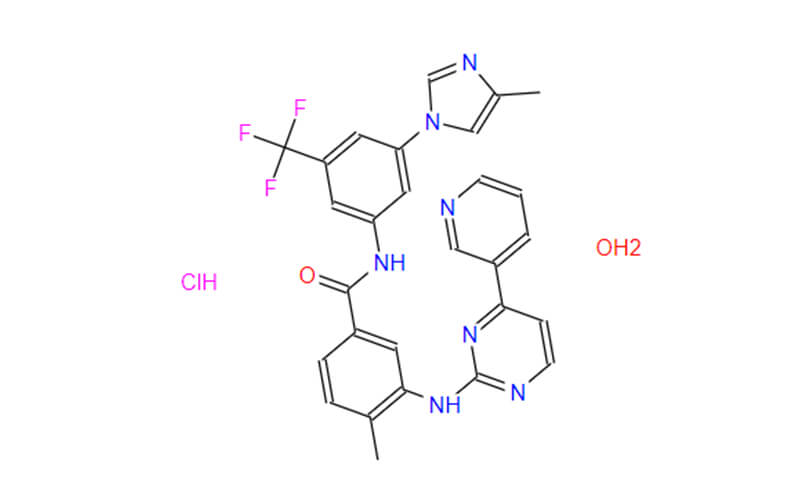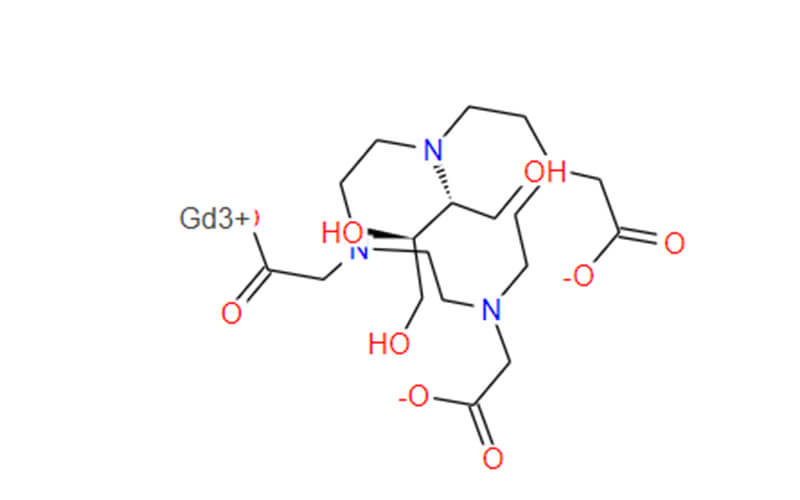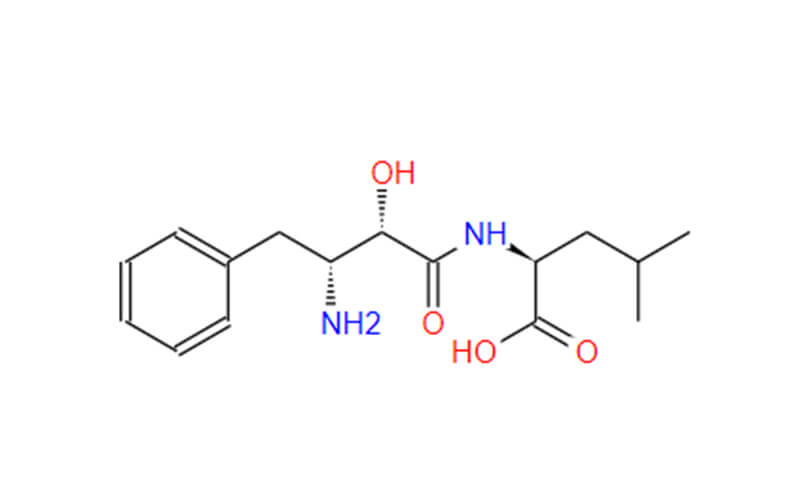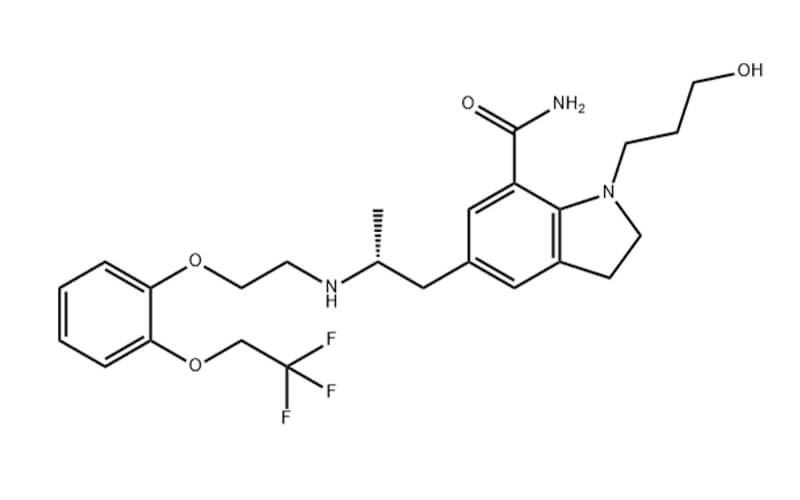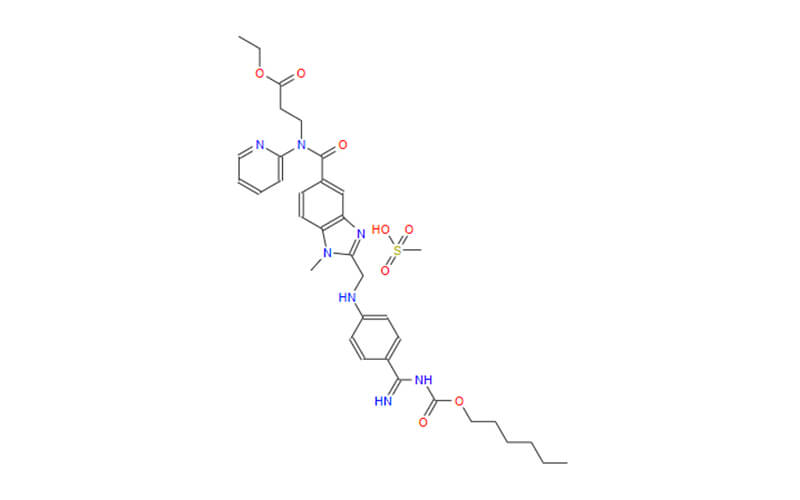Brivaracetam: A New Frontier in Antiepileptic Therapy
Brivaracetam, also known under the brand name Briviact, is an antiepileptic drug (AED) used to treat partial-onset seizures in adults, adolescents, and children aged 2 years and older with epilepsy. It belongs to the class of AEDs known as synaptic vesicle protein 2A (SV2A) ligands, which are thought to work by modulating neurotransmitter release in the brain. Brivaracetam has been shown to be effective in reducing the frequency of partial-onset seizures in clinical trials.
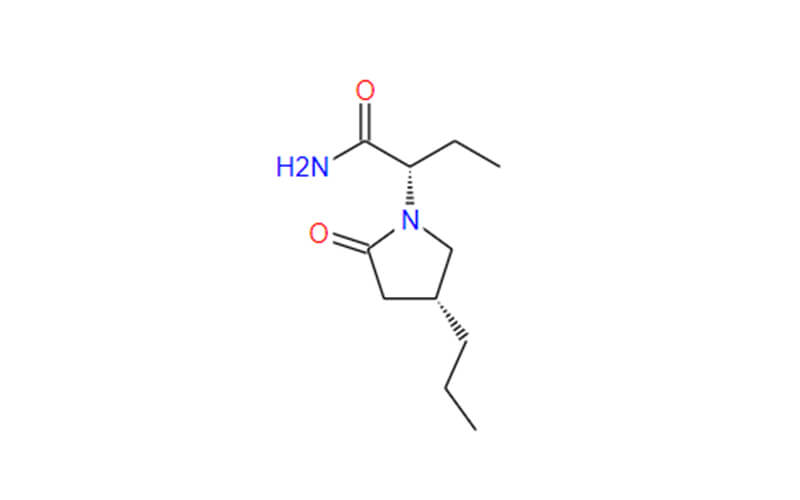
What Are Brivaracetam Used for?
The primary indication for Brivaracetam is as adjunctive therapy for partial-onset seizures with or without secondary generalization in adults, adolescents, and children aged 2 years and older with epilepsy. This means that it is used in combination with other AEDs to help improve seizure control.
In addition to its primary indication, Brivaracetam is also being investigated for potential off-label uses in the treatment of other types of seizures, such as myoclonic seizures and Lennox-Gastaut syndrome. However, more research is needed to determine whether it is safe and effective for these conditions.
Brivaracetam Mechanism of Action: A Deeper Dive
While the precise mechanisms underlying Brivaracetam’s antiepileptic effects remain to be fully elucidated, its efficacy is believed to stem from its selective and high-affinity binding to synaptic vesicle protein 2A (SV2A), a crucial player in the intricate process of neurotransmitter release. SV2A, a transmembrane protein localized on synaptic vesicles, is essential for the synchronized release of neurotransmitters, the chemical messengers that facilitate communication between neurons.
Brivaracetam’s interaction with SV2A is thought to modulate neurotransmitter release in several ways:
- Presynaptic inhibition of neurotransmitter release: Brivaracetam’s binding to SV2A might directly inhibit the release of neurotransmitters by interfering with the fusion of synaptic vesicles with the presynaptic membrane, the critical step in neurotransmitter release.
- Modulation of SV2A trafficking and recycling: SV2A undergoes a dynamic cycle of endocytosis and recycling, ensuring a continuous supply of vesicles for neurotransmission. Brivaracetam may influence this cycle, potentially affecting the availability of SV2A and ultimately modulating neurotransmitter release.
- Alteration of SV2A-mediated signaling pathways: SV2A interacts with various signaling proteins, and Brivaracetam’s binding might disrupt these interactions, potentially altering signal transduction pathways involved in neurotransmission.
- Potential impact on other synaptic proteins: Brivaracetam’s interactions with SV2A might indirectly affect other synaptic proteins involved in neurotransmitter release, contributing to its overall antiepileptic effect.
The precise molecular mechanisms by which Brivaracetam modulates neurotransmitter release through SV2A remain an area of active investigation. However, the available evidence suggests that Brivaracetam exerts its antiepileptic effects by fine-tuning the delicate balance of neurotransmitter release, thereby contributing to seizure control.
Brivaracetam Dosage and Administration
Brivaracetam is available in two dosage forms: oral tablets in various strengths (10 mg, 25 mg, 50 mg, 75 mg, 100 mg) and oral solution (10 mg/mL). The dosage of Brivaracetam is individualized based on the patient’s age, weight, seizure control, and other medications.
In general, Brivaracetam is started at a low dosage and gradually increased over time to minimize side effects. The maintenance dosage is the dosage that is needed to control seizures without causing unacceptable side effects.

Brivaracetam Side Effects
Brivaracetam is generally well-tolerated when taken as prescribed. However, like all medications, it can cause side effects. The most common side effects of Brivaracetam are dizziness, somnolence, headache, fatigue, nausea, and vomiting. These side effects are usually mild to moderate and go away on their own within a few days or weeks.
Common Side Effects
- Dizziness: Dizziness is a feeling of lightheadedness or unsteadiness that can make it difficult to walk or balance. It is one of the most common side effects of Brivaracetam and usually goes away on its own within a few days or weeks.
- Somnolence: Somnolence is a state of drowsiness or sleepiness. It is another common side effect of Brivaracetam and can make it difficult to concentrate or perform tasks that require alertness. Somnolence usually goes away on its own within a few days or weeks.
- Headache: Headache is a common side effect of many medications, including Brivaracetam. Headaches caused by Brivaracetam are usually mild to moderate and go away on their own within a few days or weeks.
- Fatigue: Fatigue is a feeling of tiredness or lack of energy. It is a common side effect of Brivaracetam and can make it difficult to carry out daily activities. Fatigue usually goes away on its own within a few days or weeks.
- Nausea: Nausea is a feeling of sickness or queasiness that can sometimes lead to vomiting. It is a common side effect of Brivaracetam and usually goes away on its own within a few days or weeks.
- Vomiting: Vomiting is the forceful emptying of the stomach contents through the mouth. It is a less common side effect of Brivaracetam than nausea, but it can be more severe. Vomiting usually goes away on its own within a few days or weeks.
Less Common Side Effects
- Diplopia: Diplopia is also known as double vision. It is a condition that causes people to see two images of the same object. Diplopia is a less common side effect of Brivaracetam and may require treatment.
- Ataxia: Ataxia is a lack of coordination that can make it difficult to walk, talk, or perform other movements. Ataxia is a less common side effect of Brivaracetam and may require treatment.
- Rash: Rash is a skin reaction that can cause redness, itching, and swelling. Rash is a less common side effect of Brivaracetam and may require treatment.
- Pruritus: Pruritus is also known as itching. It is a skin sensation that makes you want to scratch. Pruritus is a less common side effect of Brivaracetam and may require treatment.
- Behavioral changes: Brivaracetam can sometimes cause behavioral changes, such as aggression, anxiety, or depression. Behavioral changes are a less common side effect of Brivaracetam and may require treatment.
Rare Side Effects
- Stevens-Johnson syndrome: Stevens-Johnson syndrome is a serious skin reaction that can cause painful blisters and sores. It is a rare side effect of Brivaracetam and requires immediate medical attention.
- Toxic epidermal necrolysis: Toxic epidermal necrolysis is a life-threatening skin reaction that can cause large areas of skin to peel off. It is a rare side effect of Brivaracetam and requires immediate medical attention.

Choosing Sichuan Qingmu Pharmaceutical Company as Your Brivaracetam Supplier
Sichuan Qingmu Pharmaceutical Company is a leading manufacturer of high-quality pharmaceutical products, including Brivaracetam. Here are some reasons why you should choose Sichuan Qingmu Pharmaceutical Company as your Brivaracetam supplier:
- Expertise and experience: Sichuan Qingmu Pharmaceutical Company has a long history of manufacturing APIs and pharmaceutical products, including Brivaracetam. The company has a team of experienced scientists and engineers who are dedicated to developing and producing high-quality products.
- Quality assurance: Sichuan Qingmu Pharmaceutical Company has a strict quality assurance system in place to ensure that its products meet the highest standards. The company’s products are regularly tested by independent laboratories to ensure their purity and potency.
- Competitive pricing: Sichuan Qingmu Pharmaceutical Company offers competitive pricing on its Brivaracetam API. The company is able to offer such competitive pricing due to its efficient manufacturing processes and economies of scale.
- Reliable supply: Sichuan Qingmu Pharmaceutical Company has a reliable supply chain that can meet your Brivaracetam needs. The company has a large manufacturing capacity and can quickly scale up production to meet increased demand.
In addition to these reasons, Sichuan Qingmu Pharmaceutical Company is also committed to providing its customers with excellent customer service. The company has a team of dedicated customer service representatives who are available to answer your questions and help you with your orders.
If you are looking for a reliable and high-quality supplier of Brivaracetam, Sichuan Qingmu Pharmaceutical Company is an excellent choice. The company has a proven track record of manufacturing high-quality products and providing excellent customer service.
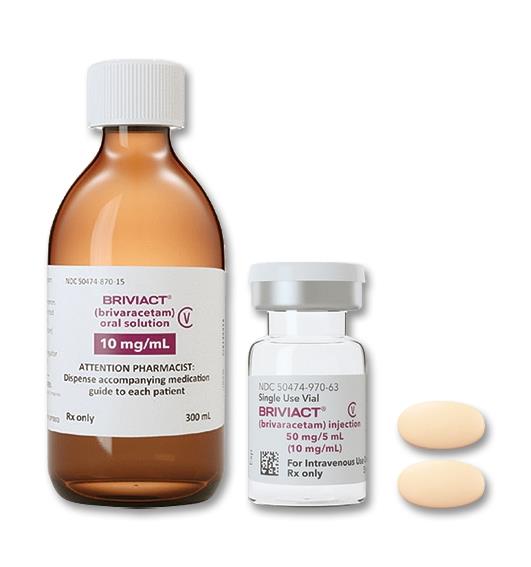
Conclusion
Brivaracetam has emerged as a valuable treatment option for partial-onset seizures, offering effective seizure control and a favorable side effect profile compared to some older AEDs. Its unique mechanism of action and promising results in clinical trials make it a promising candidate for the treatment of other seizure types as well.
While Brivaracetam is generally well-tolerated, it is important to discuss potential side effects and interactions with healthcare providers before starting treatment. Ongoing research continues to explore the potential of Brivaracetam in a broader range of epilepsy patients, further solidifying its position as an effective and innovative treatment option in the management of this complex neurological disorder.

